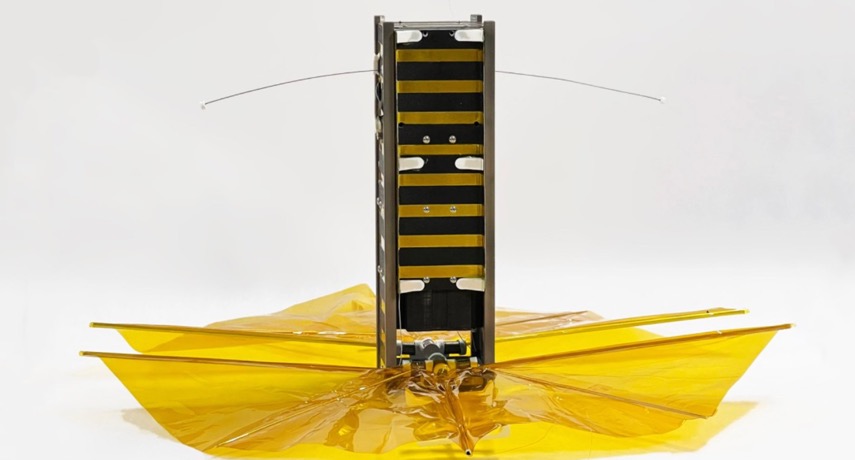Earlier this week, the NASA Solar Observatory discovered a ‘hole’ in the sun’s atmosphere, 20 to 30 times larger than Earth’s size, which is responsible for causing a geomagnetic storm that will reach the planet on Friday, without causing hurt.
Its biggest impact on Earth will be the aurora borealis, which can be seen at lower-than-usual latitudes, according to the National Oceanic and Atmospheric Administration (NOAA) Space Weather Prediction Center. The disruption of the planet’s magnetic field will make this phenomenon unforgettable in countries such as Canada, Alaska, Russia, Norway, Greenland and Scotland in the next few hours.
As for direct effects on residents, the storm can interfere with electronic devices and systems that produce controllable voltage changes and some intermittent disturbances to the GPS.
On social media, NASA shared a video of the Sun, as seen from NASA’s Heliodynamics Observatory, which “includes several bright coronal rings and an exciting eruption about 90 seconds in,” as part of This week’s space weather report.
happy #Sunday! This week’s space weather report includes 3 notable solar flares, 26 coronal mass ejections, and no geomagnetic storms. This video of the Sun from NASA’s Solar Dynamics Observatory includes several bright coronal rings and an exciting eruption over about 90 seconds. pic.twitter.com/C7JlVZ7QbH
– NASA Sun and Space (@NASASun) March 19, 2023
The discovery was made by NASA astronomers on Monday, when a huge dark spot appeared in the southernmost part of the sun’s outer atmosphere. This fault has been identified as a coronal hole, as it is much cooler than the atmosphere around it which makes it appear much darker.
Through coronal holes, high-speed solar winds made of electrically charged particles and magnetic fields are shot out into space, with the current hole spewing winds of more than 2.1 million km/h, according to NOAA.
What an incredible night, I’ve never seen the northern lights pulse in the sky before. Another shot from my iPhone, and I’m looking forward to going home and editing photos 🥰 pic.twitter.com/hvdeH0bqZz
– Ryan Bell (@rbalephoto) March 24, 2023
Although the particulate shower was initially classified as a moderate G2 geomagnetic storm, the National Oceanic and Atmospheric Administration (NOAA) warned it had reached a G3 category on Thursday.
“A (strong) G3 geomagnetic storm was observed around 10:49 AM EDT (14:49 UTC) on March 23. This was mainly due to stronger-than-expected ejection effects. G3 periods are likely other isolated areas for the rest of the day and into the early morning and evening hours of March 23-24,” adding, “G1-G2 (minor and medium) storm levels remain likely through March 24. The above effects persist but weaken.”
In addition to this alert, the center also warned of an increase in the G4 category on Friday. The center said in a statement: “The geomagnetic response increased to the level of the G4 (severe) storm on March 24 at 12:04 am EDT (04.04 UTC),” explaining that the storm’s activity will return to normal on Saturday, March 25.

“Hardcore alcohol maven. Hipster-friendly analyst. Introvert. Devoted social media advocate.”


